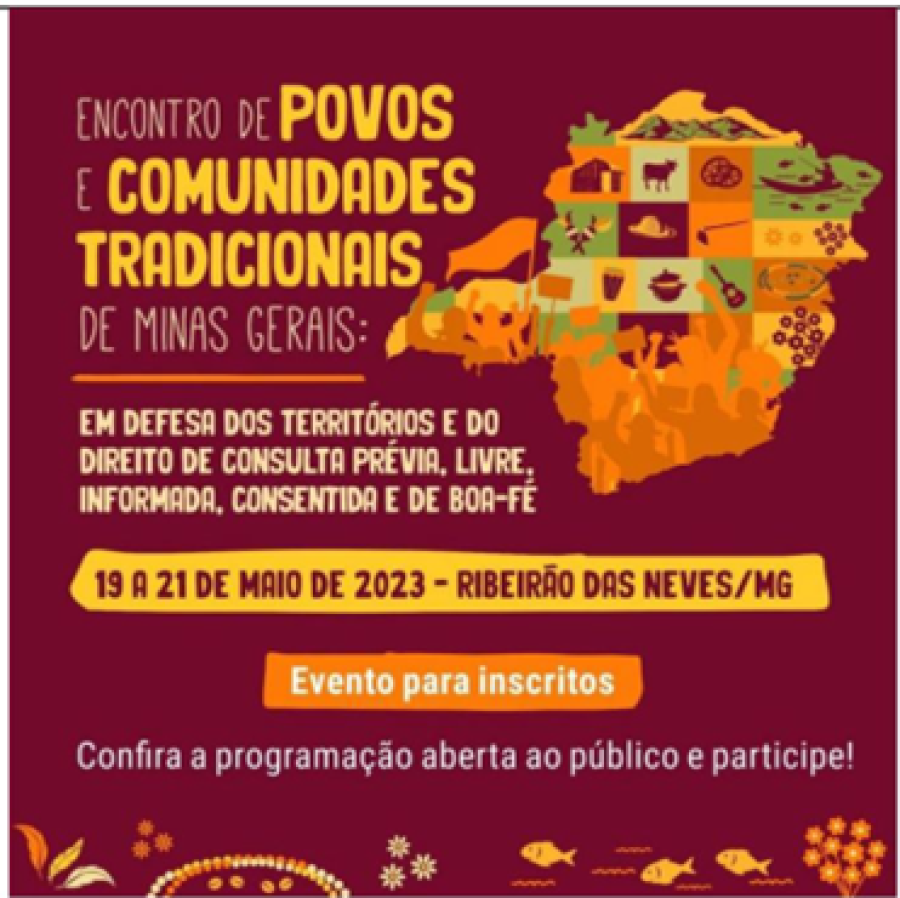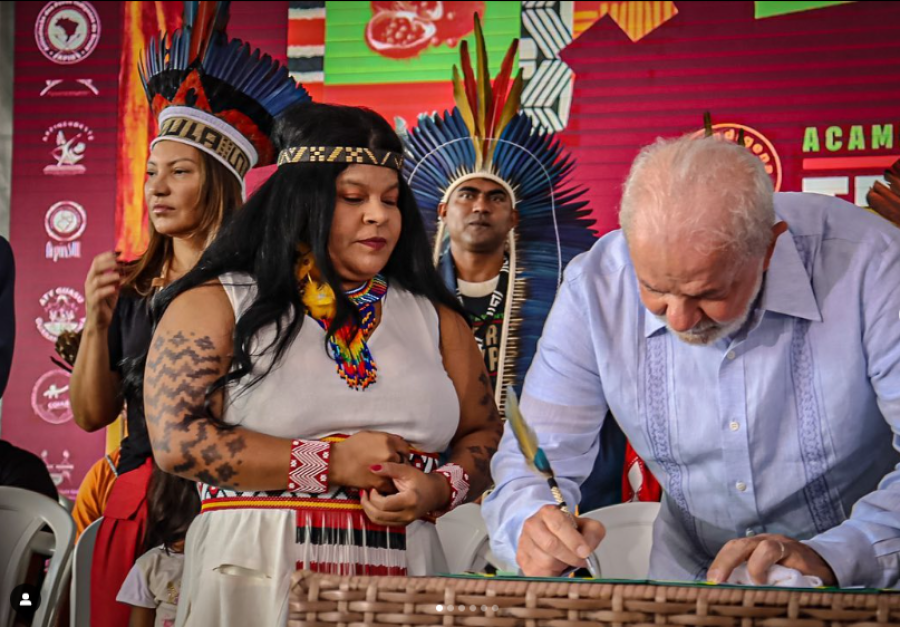A plan before Brazil’s House of Representatives calling for the division of the state of Amazonas could have a significant impact on the indigenous peoples who live there.The state of Amazonas in the northern region of Brazil, represents one-fifth of the Brazilian territory and possesses 33 percent of the world’s rainforest reservations. It contains natural and mineral resources that make it a region with some of the greatest biodiversity in the entire planet.
Partially due to its vastness, the state of Amazonas has one of the lowest demographic densities in Brazil—1.67 inhabitants per square kilometer. Sixty percent of its population lives in Manaus. An overwhelming 641 indigenous communities live within the state’s territory, composed of 90,000 Indians, who are grouped into 62 ethnic groups, according to the data provided by FUNAI, the Brazilian agency for indigenous peoples. This number does not include the groups with whom no contact has yet been established.
These numbers and this diversity may change rather drastically thanks to a two-year-old proposal that calls for the division of the state of Amazonas. After gaining momentum among politicians in the federal senate, it is now stalled at the House of Representatives and waiting for a vote.1
If the House approves the proposal, residents of Amazonas would be able to vote in an opinion poll. They would be asked whether they favor carving from the western part of the state three new Federal Territories.2 Twenty-three counties would no longer be part of Amazonas, and the state would lose 722,086 square kilometers of land. The proposal for this Constitutional Amendment (PEC) would create three new territories: 1) Rio Negro, with three counties: São Gabriel da Cachoeira, Santa Isabel, and Barcelos; 2) Juruá, with seven counties: Carauari, Itamarati, Eirunepé, Envira, Ipixuna, Guajará, and Juruá; and 3) Alto Solimões, with 13 counties: Atalaia do Norte, Benjamim Constant, Tabatinga, São Paulo de Olivença, Tonantins, Amaturá, Fonte Boa, Jutaí, Alvaraes, Uarini, Maraâ, Japurá, and Santo Antônio do Içá. The remaining counties and Manaus would remain part of the reduced state of Amazonas.
Once the new territories were no longer under the control of the Amazonas government, the federal government would be able to encourage migration and development in the areas, home to several indigenous groups. According to local politicians, the division would be important for the development of the region and its population, which have been harmed by Amazonas’ vastness. Such span, they claim, has made it difficult for the state government to allocate resources to foster economic development. The motto “economic development can only be attained with the creation of the federal” has enabled the campaign to gain support in rural areas of the state. The division would affect three strategic areas with indigenous populations. In the Juruá the indigenous presence is 25 percent of the population; in Solimões it is 38.3 percent; and in Rio Negro it is 51 percent. In the city of São Gabriel da Cachoeira alone—which would be part of the Rio Negro territory—the indigenous population comprises 51 percent of the population, according to FUNAI data. The division would likely cause cultural and environmental devastation, camouflaged as economic development, because most of the areas in the three proposed territories have oil and mineral resources within Indian land.
The proposed model is not, and will never be, the best strategy by which to attain development. This proposal represents the inviability of life for the indigenous peoples of the Amazon and would create enormous social conflicts once the migratory flux in the new territories began. Such influx would also compromise the preservation of the rainforest, which has been kept safe because outsiders have been kept away.
Serious public policies are needed to make the economic development of the counties feasible through distribution of funds that will foster projects to generate revenue for the population. In order for the region to survive, indigenous and non-indigenous peoples must work together to make rational, not devastating, use of the resources that come from nature and the ancient knowledge of indigenous people.
1. Presently, other proposals are under analysis by Brazilian legislature for the division of the state of Pará, with the creation of the state of Tapajós; for the creation of the state of Araguaia from the state of Mato Grosso; and for the creation of the state of Maranhão do Sul from the state of Maranhão.
2. A “federal territory,” according to the Brazilian Constitution, means that such territory is governed by the federal government and is no longer that of the state. As a result, the federal government invests resources in the region in order to promote economic development.
Cláudia Santana is a sociologist from Amazonas and a former Cultural Survival intern.



